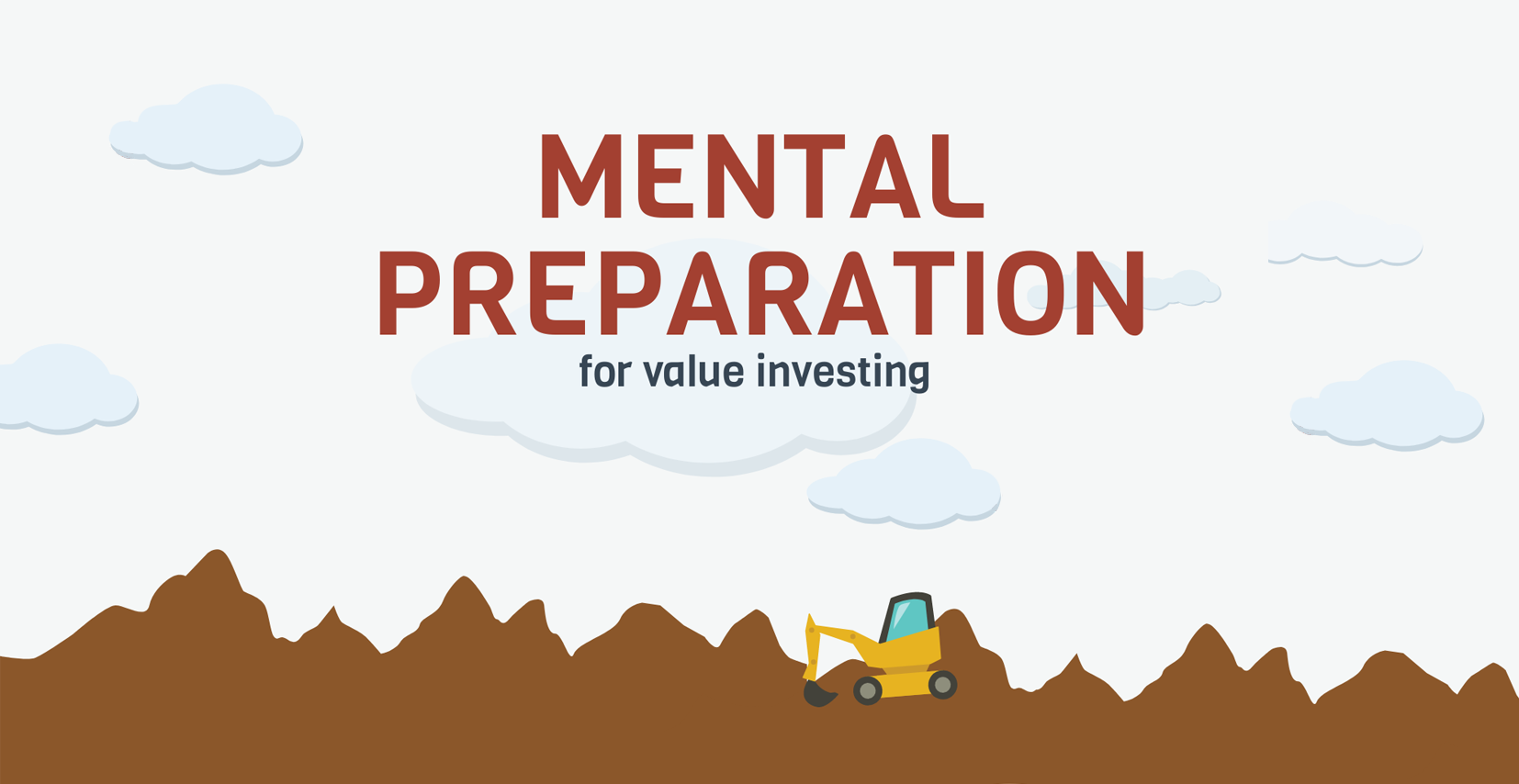Types of yield curve and its impact to the market
Yield Curve is a graph that shows how bond yields and maturities are related. Here are the types of the yield curve, factors affecting the yield curve and how the market interpret the different type of yield curve
Yield Curve
Yield Curve is a graph that depicts the relationship
between bond yields and maturities. It is a reliable leading indicator of
economic activity and a useful tool in fixed-income investing. The Yield
Curve graph displays the bond’s yield on the vertical axis and the time to
maturity across the horizontal axis. The plotted line begins with the spot
interest rate, which is the rate for the shortest maturity, and extends out in
time, typically to 30 years. In the different stages of the economic cycle, the
curve takes different shapes at different points.
The yield of short-term bonds is greatly influenced by central bankers as they increase liquidity in an
attempt to stimulate the economy. For long-term bonds such as 10-year and
30-year bonds, their price is usually dictated by the market forces whereas traders usually price these longer-term bonds
based on the expected inflation rate.
Types of Yield Curve
Normal Yield Curve
A yield curve turns flattish when the short-term interest rates move up more than the long-term interest rates. This usually happens when the central bank is reducing the money supply, followed by a tighter liquidity situation. When the yield curve turns flat, it usually implies that the market liquidity is drying up and the capital market is going to retrace soon.
When the short-term interest rates remain but long-term interest rates decrease, a yield curve like "C" is formed. The long-term interest rate decrease when traders expect the long-term inflation rate to remain low for a prolonged period. A low inflation rate environment also hints that the economic situation is weak, making business owners reconsider their long-term investment plan, which eventually leads to a decrease in demand for long-term funds.
When long-dated interest rate is low, tech stocks with light balance sheets are favored while value stock, companies who require massive capital expenditure to generate their revenue are shunned. A downward push in the long-term interest rate also compresses the bank's margin.
Inverted Yield Curve
The inverted yield curve is sloped downward, with short-term yields higher than long-term yields. It suggests that investors expect interest rates to decline in the future, usually in conjunction with a slowing economy and lower inflation.
Factors affecting Yield Curve
Expectations of Interest Rates
When the market expects interest rates to rise, market participants will purchase short-term bonds instead of long-term bonds. Investors take this action in the anticipation that they can purchase high-interest-rate bonds once their short-term bonds have matured.
In short, long-term bonds are more sensitive to interest rates changes as they are a greater duration and exposed to the fluctuation of interest rates.
Changes in Supply of Bonds
The supply of bonds depends on how much the bond’s issuer is required to borrow the money from the market. When the supply of short-term bond increase, all else equal the bond price will fall and yield rise, vice versa. For example, the government decides to rise the issuance of 10-year bonds, the supply of the bond price fall, causing the yield to increase and so steepens the yield curve.
Changes in Demand for Bonds
Banks and corporations need liquidity and invest in short-term bonds, while life insurance and real estate companies invest in long-term bonds to match their long-term liabilities and project cycles. Assumes majority of participants invest money in the insurance companies, the demand for long-term bonds will increase as insurance company required to match their project cycles. All else equal, the bond price will rise and the yield will fall, vice versa.
Related Guides
Mental for Value Investing
2022-01-18
|
Guide
|
Tags: Portfolio
Value investing is an investment strategy that involves picking stocks that appear to be trading for less than their intrinsic or book value.
Types of Coal
2021-11-25
|
Guide
|
Tags: Portfolio
Coal is an abundant natural resource that can be used as a source of energy and is primarily used as fuel to generate electric power. The article illustrates the major types or ranks of coal
Bursa Listing Requirement
2021-07-06
|
Guide
|
Tags: Merger & Acquisition
Listing provides an opportunity to the corporates / entrepreneurs to raise capital to fund new projects/undertake expansions/diversifications and for acquisitions. Listing also provides an exit route to private equity investors as well as liquidity to the ESOS holding employees.


